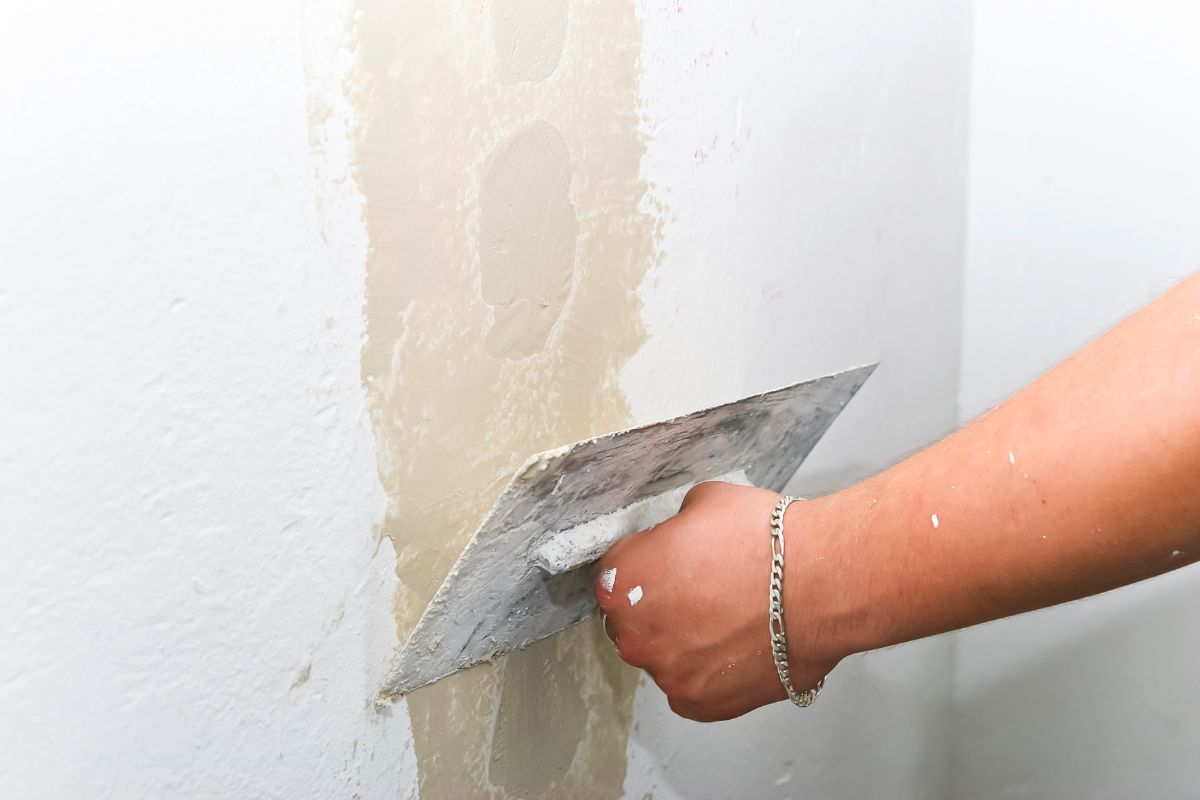What To Do If Rendered Walls Start To Crack or Peel?
There are many advantages to having rendered walls on your property, such as increased insulation, improved soundproofing, weather resistance and aesthetic appeal. However, like any home improvement material, render can wear down over time or suffer damage from the elements. If you notice that your rendered walls are starting to crack or peel, there are a number of steps you should take in order to prevent further damage.

Assessing The Damage
The first step is assessing the extent of the cracking and peeling. Depending on the severity of the problem and other factors such as location and climate, it might be necessary to repair or replace parts of the wall. To assess the damage accurately you may need to call in a professional contractor who can provide a full evaluation of the rendered walls.
Repairing Minor Cracks and Peeling
If the damage is minor, it can usually be fixed with some simple DIY repairs. Small cracks may be filled using an acrylic crack filler or a plaster-based compound and peeling sections should be carefully scraped away before being reconstructed using cement render. Before undertaking any repairs, it’s important to ensure that the surface of the wall is clean and dry, as any contaminants will prevent adhesion.
Replacing Damaged Sections
In cases where large areas of rendering have come away from the wall, it may be necessary to replace the affected section entirely. This requires removing all existing render from the area, cleaning the surface thoroughly and then re-applying a coat of render. As with any repair work, it’s important to make sure that the surface is clean and dry before rendering can be applied.
Painting The Rendered Wall
Once repairs have been completed it may be necessary to paint or re-paint the rendered wall. This will help to protect against further damage and also improve the overall aesthetic appeal of your property. Make sure to use an appropriate weatherproof paint for exterior walls in order to provide maximum protection from the elements.
Preventing Future Damage
Finally, there are a few steps you can take in order to prevent future damage occurring on your rendered walls. Regular inspections should be carried out to identify any potential problems before they become serious. Also, try to keep the area around the rendered walls free of debris, as this can cause rainwater and other moisture sources to sit on the surface which can eventually lead to cracking or peeling of render.
Conclusion
In conclusion, it’s important to act quickly if you notice your rendered walls starting to crack or peel. Assessing the damage accurately and taking preventative measures can help minimise further damage occurring and save you time and money in the long run. With some simple DIY repairs or professional assistance where necessary, your rendered walls will look as good as new again in no time.
Related Articles
